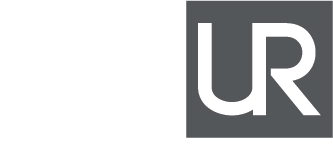
Emburá /Jardim São Pedro, Marsilac district, Parelheiros Subprefecture
The leadership Mr. Paulo is 53 years old, declared himself a man, brown and said he worked as a gardener. He has lived in the community for 15 years. Shortly after moving to Emburá, he started working at the residents’ association 10 years ago. According to the leadership, the main demands of Jardim São Pedro are the struggles for access to water, electricity and paving the streets.
“Water has always been a demand, because we have difficulties in obtaining water. When it rains we have water from the mine. When it is hot, the water in the mine is lacking. ”
“At the moment they (city hall) are there, occasionally bringing a water tanker (…). We ran after it, right. Then a guy got these water trucks to be able to bring them here. ”
“The (public) agencies do not want to put water here. To fight, we have fought a lot. ”
“I used to buy it. Now with a well, I drink its own water. ”
The resident Seu João is 84 years old, declared himself a man, brown, married and retired. Born in the city of Itapetim, Pernambuco. He arrived in São Paulo 35 years ago. He has lived in Emburá for 22 years, where he works as an advisor in the local residents’ association. In the beginning, like most residents of the community, he used the water mine. However, due to its irregular volume, he ended up digging a well. In addition, his house has two water tanks of 500 liters each.
Dona Fátima is 55 years old, declared herself as a woman, brown and married. She works as a housewife. Born in the city of Desterro, Paraíba. She arrived in the city of São Paulo in 1985. She has lived in Emburá for 23 years. A hydraulic pump is used to draw water from the mine during the night. In addition, it spends an average of 40 reais on mineral water per month for family consumption.
“This was the only place that we were able to buy the land.”
“They say there is no water here because of Cetesb. Sabesp wanted to, but it is because of Cetesb (Environmental Company of the State of São Paulo). I think it is because it is a springs area, right? ”
“Sewer? God only knows … in the bush, there … ”
“I didn’t take a shower … I’m not going to lie … I know I’ve been without water in the box about three times … I’m not going to lie.”
Joana is 49 years old, a woman, brown, single and housewife. Born in Itapetim, Pernambuco. She arrived in São Paulo more than 20 years ago. She has lived in Jardim São Pedro ever since. Like the other residents, she collects water from the mine by means of a pump. In the case of sewage, she stated that it is discharged directly into the surrounding forest areas.
The resident Maria is 56 years old, is a woman, brown, housewife and married. Born in Desterro, Paraíba. She arrived in São Paulo in 1986. She has lived in Emburá for 22 years. She also confirmed using water from the mine, but stressed that during the pandemic period, a water tank has been offered to the community. In addition to a thousand-liter box, it has a drum as an additional reservoir.
“I have been living here for 22 years. Because we were unable to live elsewhere, right. ”
“The hoses to come … We use a hose to bring it from the mine and to put it in the water tank…”.
“This water that we get comes from a mine that we have here in the community … and to get to our house it is through a suction, it is through a pump”
“I will be very honest. I managed to take a shower because I went to my boyfriend’s house. Because it has sanitation there, it has running water … But people in my family have gone without bathing, yes. ”
The resident Flavia is 30 years old and is an administrative technician. She was born in the city of São Paulo and has lived in Jardim São Pedro for over 20 years. It works in the residents’ association in the secretariat area. Her house has no connection to water networks, only the mine system. In addition to the 1,000-liter water tank, it uses buckets of various sizes to store it. Every month she is forced to buy water to drink.
The Emburá community (Jardim São Pedro or Vila São Pedro) is located in the Marsilac district, in the extreme south of the city of São Paulo. The neighborhood is inserted in the Guarapiranga Basin, a region that is environmentally protected by state laws for the Protection and Recovery of Watersheds (APRM). The subdivision has existed since 1991 and has approximately 5,000 families and 1,000 households, according to information from the local Basic Health Unit (UBS) registry. Most of these households are located on the side of a road that connects the district of Marsilac to the center of the São Paulo capital.
In the case of sanitation infrastructure, there are no public water and sewage networks in the community. The connections at Jardim São Pedro are made of improvised connections, which form a small system with pipes, a hydraulic pump and hoses that extract water from a water mine (spring) located in the region.
The main socio-environmental problems in the locality are related to the material condition of the house and the lack of access to water and sanitation. There is a coexistence between masonry homes next to houses made of wood and mud. The availability of water is subject to periods of rain and drought, which impact a greater or lesser volume of water from the available mine. Regarding sanitary sewage, in addition to the lack of a public network, the residents use their own pipes that transport the waste, dumping it in the surrounding forest areas.
Among the strategies presented to guarantee access to water are the use and sharing of wells between neighbors, the existence of alternative water networks and a water extraction system from the mines are the most used practices in Emburá. It is also common, during the night, to “pull” water from the street, which is supplied by water mines and which allows the water tank to be filled with greater speed. In the case of drinking water, residents buy mineral water in gallons at the local store.

Photos by: Marilene Ribeiro de Souza e Sheila Cristiane Santos Nobre






